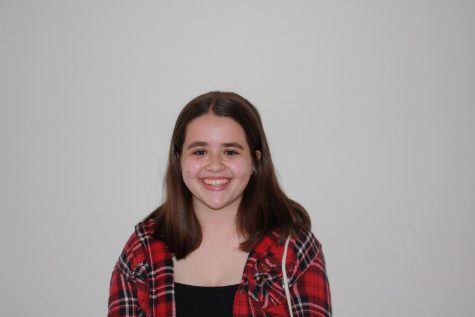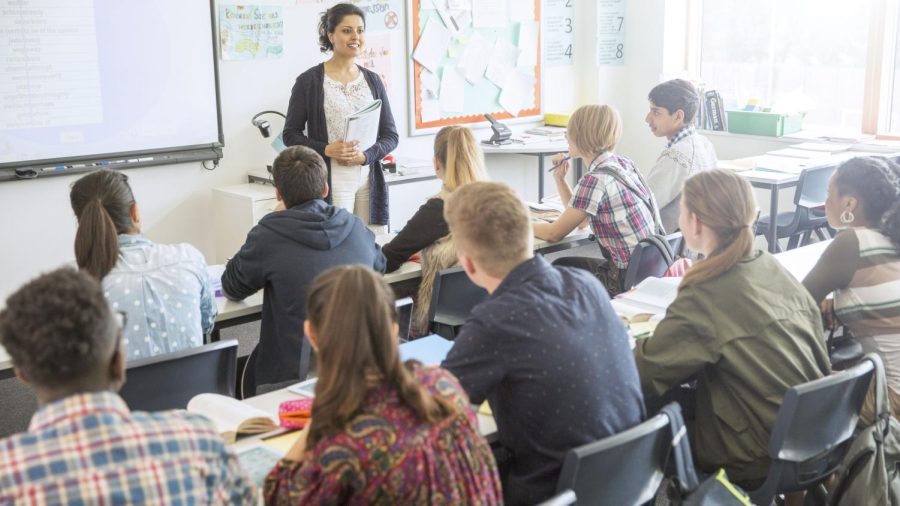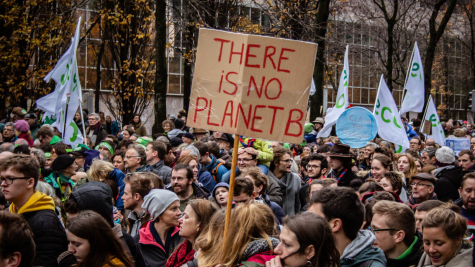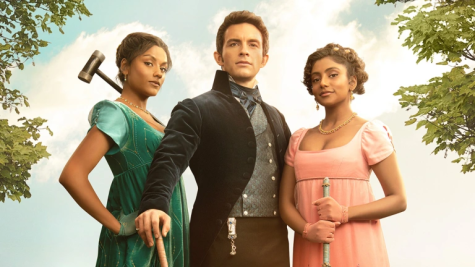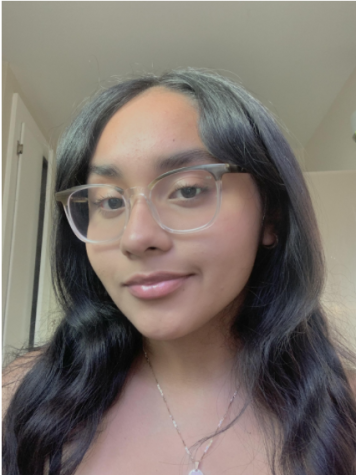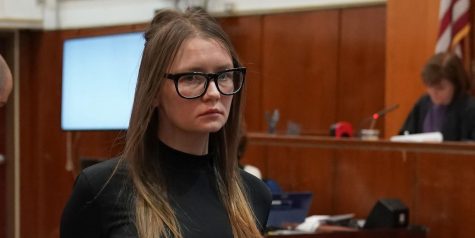AP Gov and Econ simulations at Fremont High
Throughout the school year, both senior AP History classes (AP Government and AP Microeconomics) have run simulations to enrich students’ learning. AP Gov teacher Geoff Wen and AP Econ teacher Geoff Beckstrom both run multiple simulations with the intention of communicating the content to students in a more applicable way.
In AP Gov, students experience two simulations in the second semester. The first has students mimic specific US Senators and join policy committees with the goal of making a bill and having it pass through the Senate and get “signed” by the President (this year, a member of this History department).
“Students play a senator that is given to them randomly,” Wen said. “They have to research that senator and then they have to act as if they are that senator, which I really like because it challenges students to maybe think beyond their own ideology and they have to kind of work together.”
The other simulation AP Gov students participate in is an election simulation, where students break into groups based on their relative ideologies regarding issues at Fremont, like vaping on campus and academic dishonesty. Then, they pick a candidate from their group to run for a vague “Fremont representative,” participate in a mock town hall and create a campaign video.
The reason Wen started running simulations was to allow students a different way to utilize their skills, which might not include traditional textbook skills.
“My goal is to try to build out simulations that really just expand on the students’ learning experience,” Wen said.
Simulations are a large focus in AP Econ classes as well. An example of a concept illustrated through a simulation is the law of diminishing marginal returns.
“We essentially added workers to complete our task,” AP Econ student Rucha Gadgil said. “We saw how when it started with one worker, it was really hard, but then it got easier as it went on, but then [with] too many workers it was unproductive.”
“We simulate something called the law of diminishing marginal returns, how adding another worker to the factory will eventually get less and less productive.” Beckstrom said.
Through simulations, students are given the opportunity to learn material in different ways.
“In my experience, students usually really enjoy simulations.” Beckstrom said. “It gives them the chance to do something different, it’s not just getting content thrown at your face all day. It’s a lot of work coming up with them, but I want to do them.“
Since all of last year and some of the 2019-20 school year took place online, it was more difficult for the history teachers to run simulations. Wen chose to run the Senate simulation but not the election one.
“It was probably not as effective as doing it in person, because so many people were MIA, like when you send them off into breakout rooms,” Wen said. “With that being said, I thought it was successful considering all the hurdles that we had.”
Conversely, Beckstrom chose to eliminate simulations entirely during online learning.
“I’ve developed simulations before, and they’re really hard to do well.” Beckstrom said. “All the ones that I do, I keep doing over and over again. So if I had made a whole set of new simulations that would’ve worked digitally, I feel like it would have been not great.”
The absence of simulation based-learning as a result of COVID highlighted the value they ultimately have.
“I think [simulations] add a lot to the curriculum,” Wen said. “I think that if I was to compare, it was a lot about realizing what limitations I had last year, being okay with them, and just kind of releasing that, and then this year, being really intentional about reintroducing them into my curriculum as we all adjust to coming back.”
